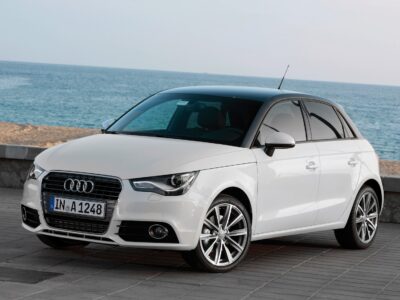
Hyundai Tucson Boot Capacity and Practicality Guide (2025 Update)
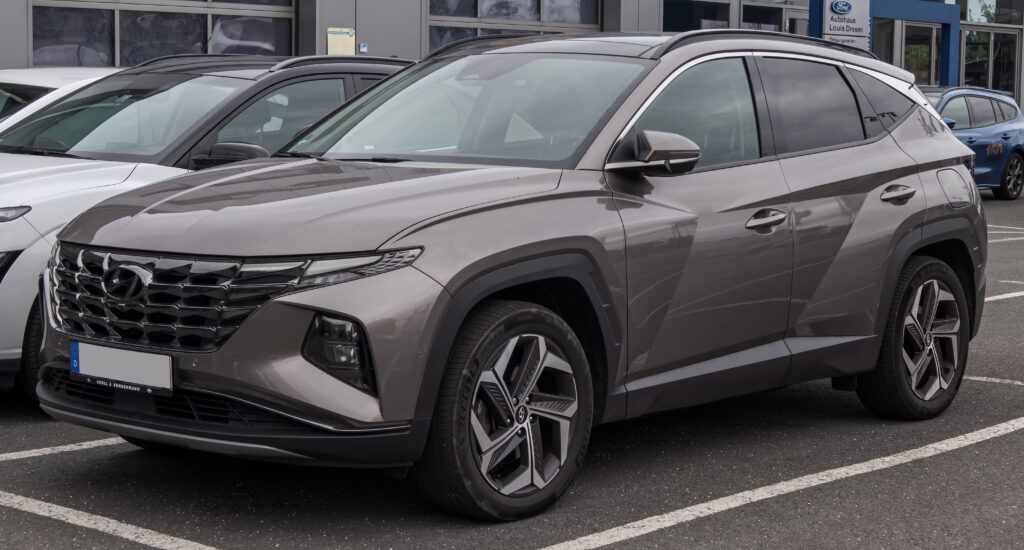
The Hyundai Tucson has evolved into one of the most practical and well-balanced SUVs in its class. With generous boot capacity, intelligent storage design, and thoughtful comfort features, it stands out as a family favorite for everyday use. In this detailed review, we explore every inch of the Tucson’s luggage space, cabin functionality, and usability to help you understand just how practical this compact SUV really is.
- Overview: How Spacious Is the Hyundai Tucson?
- Boot Capacity by Model Type
- Boot Design and Loading Convenience
- Hidden Storage and Smart Compartments
- Rear Seat Flexibility
- Passenger Space and Comfort
- Visibility and Ease of Parking
- Safety and Structural Design
- Interior Practicality Highlights
- How the Tucson Compares to Rivals
- Everyday Usability
- Verdict: The Tucson Sets the Standard
Overview: How Spacious Is the Hyundai Tucson?
The 2025 Hyundai Tucson offers one of the roomiest interiors in the compact SUV category. Its clever design ensures that both passengers and luggage enjoy plenty of space, whether it’s a daily commute or a long road trip. Hyundai’s engineering team has managed to balance modern hybrid technology with a smart layout, ensuring minimal compromise in boot capacity across different powertrains.
Boot Capacity by Model Type
The Tucson’s luggage volume varies depending on the engine and hybrid configuration. Below is a breakdown of boot capacities (VDA litres) for all 2025 Tucson models:
| Model Type | Boot Capacity (Litres) | Seats Folded (Approx.) | Notes |
|---|---|---|---|
| Petrol (non-hybrid) | 620 L | ~1,799 L | Best-in-class among compact SUVs |
| Self-charging Hybrid (HEV) | 616 L | ~1,760 L | Slight reduction due to hybrid battery |
| Plug-in Hybrid (PHEV) | 558 L | ~1,700 L | Batteries under floor take extra space |
| Mild Hybrid (MHEV) | 546 L | ~1,690 L | Smallest capacity due to 48V system placement |
Despite these differences, all models provide a wide, square loading area—making it easy to fit bulky items such as strollers, suitcases, and even bicycles with the seats folded.
Boot Design and Loading Convenience
The Tucson’s boot has been carefully designed to maximize usability and comfort. The low loading lip makes it easy to lift heavy items in and out, while the wide tailgate opening allows for large objects like golf clubs or baby prams to fit effortlessly.
Higher trims, such as the Ultimate and N Line S, include an electric tailgate with smart hands-free opening. Simply stand behind the vehicle with the key fob, and the tailgate opens automatically — a small but luxurious touch for busy families.
You may be interested in reading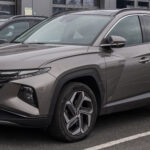 Hyundai Tucson Reliability and Longevity: The Complete 2025 Guide
Hyundai Tucson Reliability and Longevity: The Complete 2025 GuideUnder the main boot floor, you’ll find a multi-layer storage compartment, perfect for keeping emergency kits, cables, or smaller personal items out of sight. Hyundai also includes side cubbies and tie-down hooks, enhancing practicality during travel.
While the door bins in both front and rear doors could be slightly larger, the central console and cupholders compensate with deep, secure spaces for daily essentials.
Rear Seat Flexibility
The Tucson’s rear seats split 40/20/40, allowing you to carry long items — such as skis or furniture pieces — while keeping two rear passengers comfortable. The reclining rear seatbacks are another thoughtful touch, giving passengers the ability to adjust for comfort during longer journeys.
Additionally, certain models feature powered seat adjustments for the front passenger seat, with rear control switches—a luxury feature rarely seen in this segment.
Passenger Space and Comfort
Beyond the boot, the cabin of the Hyundai Tucson offers ample knee, leg, and headroom for all passengers. Even taller adults will find the rear seating area comfortable, though the middle rear seat is slightly raised due to the transmission tunnel. Nevertheless, the Tucson remains on par with rivals like the Peugeot 3008 and Kia Sportage in overall passenger comfort.
Visibility and Ease of Parking
Although the Tucson’s rear window is narrow, Hyundai has equipped all trims with rear parking sensors and a reversing camera as standard. Top-tier variants also include 360-degree camera views and Remote Smart Parking Assist, allowing the car to park itself in tight spaces with minimal driver input.
You may be interested in reading Hyundai Tucson Reliability and Longevity: The Complete 2025 Guide
Hyundai Tucson Reliability and Longevity: The Complete 2025 Guide Top Hyundai Tucson Alternatives in 2025: The Best SUVs Worth Considering
Top Hyundai Tucson Alternatives in 2025: The Best SUVs Worth ConsideringSafety and Structural Design
Hyundai doesn’t compromise on safety to achieve its impressive boot design. The Tucson earned a five-star Euro NCAP rating, with standout scores including:
- 86% for adult occupant protection
- 87% for child safety
- 66% for pedestrian safety
- 70% for safety assistance systems
This is backed by advanced features such as lane-keeping assist, adaptive cruise control, autonomous emergency braking, and Highway Drive Assist, which allows partial self-steering on highways.
Interior Practicality Highlights
- Rear USB ports for convenient charging
- Multiple cupholders for front and rear passengers
- Climate control vents for consistent cabin temperature
- Smartphone slot in the driver’s footwell for discreet storage
- Fold-flat seats that create a nearly level loading surface
These details add up to a refined, user-friendly experience for families and professionals alike.
How the Tucson Compares to Rivals
When compared with top competitors, the Hyundai Tucson consistently ranks among the leaders in usable space:
| Model | Boot Capacity (Litres) | Seats Folded (Approx.) |
|---|---|---|
| Hyundai Tucson (Petrol) | 620 L | ~1,799 L |
| Kia Sportage | 591 L | ~1,780 L |
| Peugeot 3008 | 520 L | ~1,480 L |
| Nissan Qashqai | 504 L | ~1,447 L |
| Ford Kuga | 612 L | ~1,700 L |
Its 620-litre petrol version leads the pack, proving Hyundai’s expertise in packaging efficiency and real-world practicality.
Everyday Usability
Living with the Tucson is easy. The boot is not just large — it’s intelligently designed. Families appreciate the flat floor, adjustable parcel shelf, and quick-release seat levers. Whether it’s groceries, sports gear, or luggage for a weekend getaway, the Tucson adapts effortlessly to your needs.
You may be interested in reading Hyundai Tucson Reliability and Longevity: The Complete 2025 Guide
Hyundai Tucson Reliability and Longevity: The Complete 2025 Guide Top Hyundai Tucson Alternatives in 2025: The Best SUVs Worth Considering
Top Hyundai Tucson Alternatives in 2025: The Best SUVs Worth Considering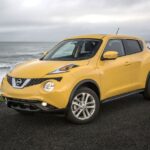 Nissan Juke Specifications Guide (2011–2019): Complete Engine, Performance & Dimensions Breakdown
Nissan Juke Specifications Guide (2011–2019): Complete Engine, Performance & Dimensions BreakdownVerdict: The Tucson Sets the Standard
The Hyundai Tucson’s boot capacity isn’t just about numbers—it’s about everyday functionality and smart design. Whether you choose the petrol, hybrid, or plug-in hybrid, you’ll benefit from a well-thought-out cargo area that maximizes every centimetre of space. Combined with its five-star safety rating, comfortable cabin, and premium tech, the Tucson redefines what we expect from a modern compact SUV.
If practicality, reliability, and refinement matter most, the 2025 Hyundai Tucson remains one of the best-rounded choices in its class.
Key Takeaways
- Up to 620 litres of boot space, leading its segment
- Multiple configurations with minimal compromise for hybrids
- Intelligent design: flat floor, wide tailgate, and hands-free access
- Outstanding safety and comfort balance
- Among the most practical compact SUVs on the market
If you want to know other articles similar to Hyundai Tucson Boot Capacity and Practicality Guide (2025 Update) you can visit the category Blog.
Deja una respuesta

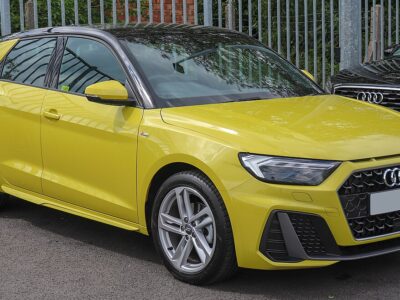
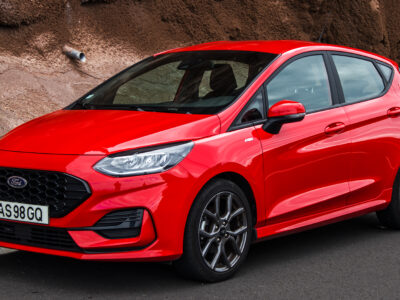
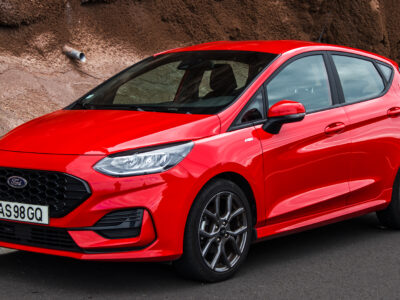
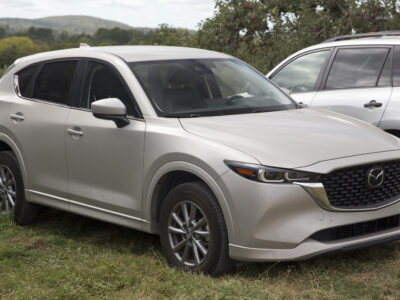
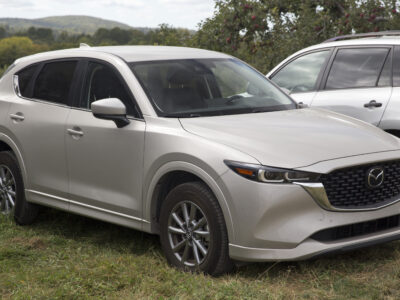
More content of your interest